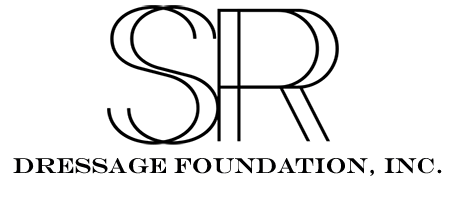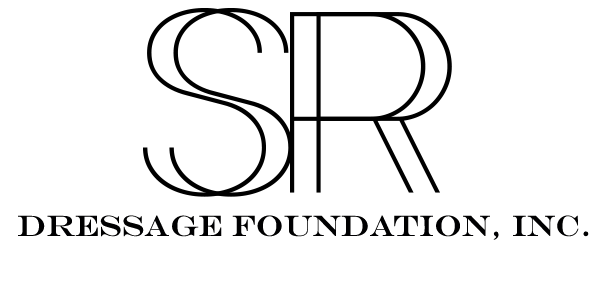Levels of Dressage
Dressage itself is an Olympic discipline and it is enjoyed all around the world through the various levels with Grand Prix being the highest level that is performed internationally and Grand Prix musical freestyle being the real crowd pleaser as this is where the movements are performed to music.
Training Level
Training Level is the first level of dressage tests and the place to begin dressage training. Horses at Training Level are tested on their willingness to perform the movements and their suppleness. There are three tests at Training Level. Horses must be able to perform the free walk, medium walk, working trot, working canter and halt. Riders must demonstrate they are able to shorten and lengthen reins. Movements also include circles, straight lines, bends and gait transitions.
First Level
First Level adds four challenges to Training Level. New movements include riding one loop or 10 meter half circle, which builds the foundation for serpentine work at higher levels, as well as the leg yield. Horses are asked to perform two sizes of circles, a 20 and 15 meter circle, demonstrating proper bend around the rider’s inside leg. Horses also must be able to lengthen their stride and return to the working stride. Riders also may perform a simple Musical Freestyle at this level.
Second Level
Second level introduces movement related to collection. All of the movements at Training and First Levels are included at Second Level. Judges look for crisp and smooth transitions between collected and lengthened strides at various gaits. New movements introduced at Second Level include the counter canter, shoulder in, travers, simple lead changes, the rein back, and collected canter and trot.
Third Level
Third Level tests the horse’s ability to extend after the collected work at the Second Level. Movements tested at the walk include the medium and free walk, with horses asked to lengthen and shorten their strides at the walk. The half turn on the haunches also must be executed at the walk. At the trot, horses are tested on the medium, extended and collected trots, with the half pass and shoulder in included in the trot. Canter movements include a medium and collected canter. Horses also must demonstrate flying lead changes at the canter and the counter canter, and they also must halt from the collected trot.
Fourth Level
Fourth Level tests the building blocks for the upper level movements of dressage. Horses must demonstrate impulsion, suppleness and willingness. New movements added to the prior levels include the walking half pirouette, quarter pirouette at the canter, and flying lead changes performed every third or fourth stride.
Prix St. Georges
Prix St. Georges begins the elite levels of dressage tested at international horse shows. Horses must be at least seven years old before performing the Prix St. Georges. All of the movements required at previous levels are tested, plus the volte (turn) in an 8 meter circle at the trot, as well as the halt from the collected canter.
Intermediare Levels
Intermediare Levels I and II set the stage for the ultimate dressage level, which follows Intermediare II, Grand Prix. At the Intermediare Levels, the zig zag half pass is added to the movements required from prior levels, and horses must now be able to change leads with every second or third stride instead of at the third or fourth stride. Intermediare II requires leads changes with every stride as well as the Passage and Piaffe.
Grand Prix
Grand Prix represents the pinnacle of dressage, and its the level most people are familiar with from watching the equestrian competition at the Olympics. The FEI governs Grand Prix dressage rules and requirements. While no new movements are added, the movements from Intermediare II must be performed as perfectly as possible.




